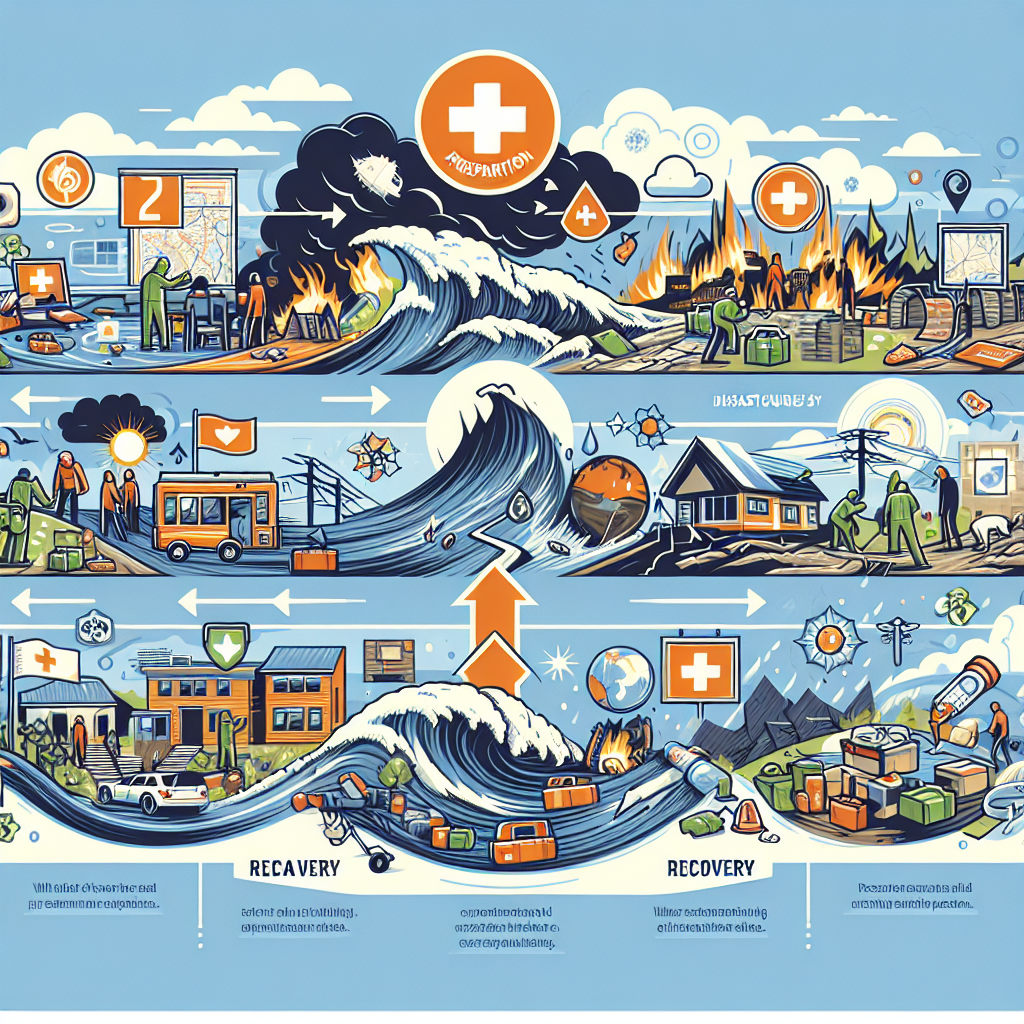From Preparation to Recovery: Navigating the Disaster Recovery Process
Natural disasters such as hurricanes, earthquakes, and wildfires can strike at any moment, leaving communities devastated and in need of immediate assistance. From preparation to recovery, navigating the disaster recovery process can be a challenging and overwhelming task. However, with proper planning and resources, communities can effectively respond to and recover from these catastrophic events.
Preparation is key when it comes to disaster recovery. Communities should have a comprehensive emergency plan in place that outlines procedures for responding to different types of disasters. This plan should include evacuation routes, emergency contact information, and protocols for coordinating with local authorities and emergency response teams. In addition, communities should conduct regular drills and training exercises to ensure that residents are prepared to respond quickly and effectively in the event of a disaster.
Once a disaster strikes, the recovery process begins. This process can be complex and time-consuming, requiring coordination between various local, state, and federal agencies, as well as non-profit organizations and community groups. The first step in the recovery process is to assess the damage and prioritize the most critical needs. This may involve conducting damage assessments, providing emergency shelter and medical care, and coordinating debris removal and clean-up efforts.
As the recovery process progresses, communities must work to rebuild infrastructure, restore essential services, and support the needs of residents who have been displaced or otherwise affected by the disaster. This may involve securing funding for rebuilding efforts, coordinating with insurance companies and government agencies, and providing resources such as food, water, and temporary housing to those in need.
Throughout the recovery process, communication is key. Communities should keep residents informed of recovery efforts, provide updates on progress, and ensure that residents have access to important information and resources. Community leaders should also work to engage residents in the recovery process, soliciting feedback and input on recovery plans and involving residents in decision-making processes.
Ultimately, the goal of the disaster recovery process is to help communities rebuild and recover in a way that is sustainable and resilient. By working together, communities can navigate the challenges of disaster recovery and emerge stronger and more prepared for future disasters. With proper planning, coordination, and communication, communities can effectively respond to and recover from even the most devastating natural disasters.


